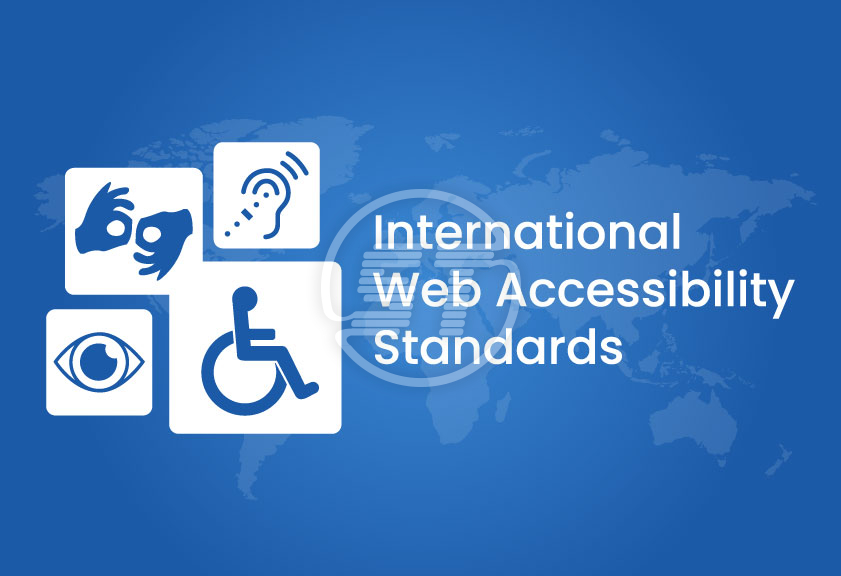Photography Sage
Your guide to capturing moments and mastering photography skills.
Web Accessibility: The Secret Ingredient for Unforgettable User Experiences
Unlock the key to unforgettable user experiences with web accessibility—discover how it transforms your digital presence today!
Understanding Web Accessibility: Why It Matters for User Experience
Web accessibility is the practice of ensuring that all users, regardless of their abilities or disabilities, can access and interact with digital content effectively. This is crucial for fostering an inclusive online environment. By understanding and implementing accessibility principles, web developers and content creators can enhance user experience for everyone, including those with visual, auditory, motor, or cognitive impairments. It is not just a legal or ethical obligation but also a smart business decision, as it opens up the website to a broader audience and can improve search engine optimization (SEO) rankings.
One essential aspect of enhancing web accessibility is to adhere to established guidelines, such as the Web Content Accessibility Guidelines (WCAG). These guidelines outline several key principles, including perceivable, operable, understandable, and robust content. For instance, employing alternative text for images ensures that visually impaired users can comprehend visual elements through screen readers. Furthermore, creating intuitive navigation and providing keyboard access enhances the user experience for those who cannot use a mouse. By prioritizing web accessibility, we not only comply with legal standards but also enrich the digital landscape for all users.

10 Essential Tips for Improving Web Accessibility on Your Site
Improving web accessibility is crucial for ensuring that all users, including those with disabilities, can navigate and interact with your site effectively. Here are 10 essential tips to enhance accessibility on your website:
- Use Semantic HTML: Proper use of header tags, lists, and tables will help screen readers interpret your content correctly.
- Ensure High Color Contrast: This will aid visually impaired users in reading your content without straining their eyes.
- Add Alt Text to Images: Describe the content of images to help users with visual impairments understand the visuals on your site.
- Design Responsive Layouts: Ensure your website is mobile-friendly to accommodate users on various devices.
Continuing with the essential tips, consider the following:
- Implement Keyboard Navigation: Ensure that all interactive elements can be accessed using a keyboard alone for users who cannot use a mouse.
- Provide Text Alternatives for Multimedia: Add captions or transcripts for videos and audio content, making them accessible to everyone.
- Use ARIA Roles Wisely: ARIA (Accessible Rich Internet Applications) can help define roles and properties in elements that may not be natively accessible.
- Test with Real Users: Conduct usability testing with people who have disabilities to identify and fix accessibility issues.
- Regularly Update Content: Keep your site content fresh and accessible, ensuring compliance with the latest accessibility standards.
Is Your Website Accessible? Common Accessibility Mistakes to Avoid
Accessibility is a vital aspect of web design that ensures all users, including those with disabilities, can navigate and interact with your website effectively. Unfortunately, many site owners overlook critical elements, leading to common accessibility mistakes that can alienate a significant portion of their audience. One of the most prevalent errors is the lack of alt text for images. Without descriptive alternative text, individuals using screen readers cannot understand the context of visual content, which diminishes their overall experience. Additionally, inadequate color contrast between text and background can make it difficult for users with visual impairments to read your content.
Another frequent mistake involves neglecting to create a logical navigational structure. A poorly structured website can confuse users, making it hard for them to find essential information. It is crucial to implement proper heading tags (H1, H2, H3) and maintain a clear hierarchy in your content. Furthermore, interactive elements such as forms or buttons should be accessible via keyboard shortcuts, catering to those who may not use a mouse. By addressing these accessibility mistakes, you can enhance user experience and ensure your website is inclusive for all visitors.